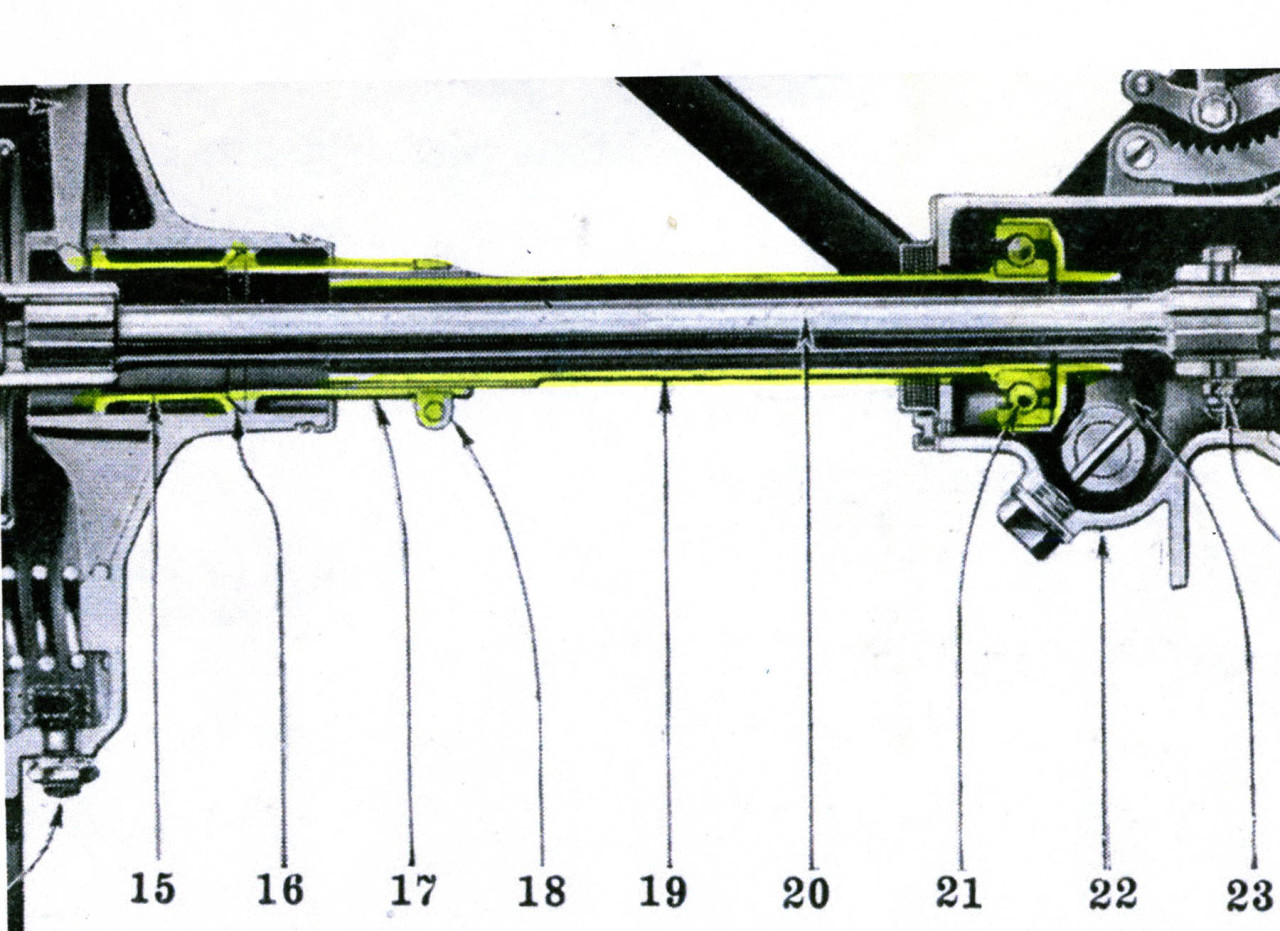You must be logged in to rate content!
4 minute(s) of a 217 minute read
4-14-2015
Hi Richard
In theory I agree with you when I used the word silicone, it was as a generic term. I have used a variety of things over the years. The ones I am using at present is a Permatex Ultra Copper high temperature silicone and Loctite Number 4 Gasket cement. The Permatex is convenient to carry in the Lagonda Rapier's tool bag mainly for emergency use. The Loctite bottle has a nasty habit of leaking unless stored up-right. Having said that the little brush attached to the inside of the lid is very convenient to use in the workshop.
Meanwhile although the Renault re-build may seem to have slowed, I have just ordered a NOS Clutch shaft from Depanoto in Central France and I have finally organised the shipping of the motor coming from the south-east of France. I should have both these in about three weeks depending on the Australian Customs Service. They are both coming Budget Air Freight. I have found that Air Freight is ony slightly more expensive than surface shipping (by sea) and much more reliable. Anything less than a full container load (FCL) Sea Freight can take between four and six months. For smaller parcels the French Post Office Coloissimo service is fast and reliable and the parcel is delivered to my door.
Paul
I had put the collection of the Monasix Engine "on-hold". I felt that without the clutch shaft I could never be sure of completing this project. As the cost of shipping is about $2,000 I reasoned that it would be insane to pay that to import a motor that I may never have any use for. Added to that if I did have to re-sell the motor I would have a far better chance of selling it on in France than here in Australia where there are no other 1929 Renaults. While the clutch shaft that is coming from Depanoto is not exactly the correct one for a RY1, I am hopeful that I may be able to modify it to do the job.
My friends on the Renault d'Avant Guerre Forum have again prooved incredably helpful.
Bj
Perhaps I should explain, pre 1930 Renaults were almost unique in having their radiators mounted behind the engine or as in the case of the late 1920s cars two radiators, one mounted at each side of the flywheel, which incorporated a large fan. While the clutch was mounted on the rear of the flywheel there is a drive shaft, about 12 inches long, linking the clutch to the gearbox. An outer tube acts as the linkage between the clutch pedal and the actual clutch. The clutch adjustment is built into this tube.
If you polish your bi-focals and put on your thinking caps you may be able to follow the workings from the diagram, below, The outer tube is hi-lited in yellow. Anyone thinking that this is somewhat convoluted is excused. Number 18 is the locking clamp for the screwed adjustment while number 21 is the thrust bearing. Number 22 is a cross shaft carrying the clutch pedal at one end and the clutch withdrawl fork in the centre. Number 23 is the gearbox end of the shaft linked to the only universal joint in the transmission. The actual gearbox is rigidly mounted on the front end of the torque tube.
Confused? :- Join the club!

All this goes in some way to explain why there are so few Pre-1930 Renault left. That and the fact that most if not all Early Renault enthusiasts are deemed to be "Certifiable".....i.e. Totally insane.
Sadly, once infected there is no known cure.
Certain members of the RAG Forum will tell you "Louis" is a synonym for God.
Bj
This is so cool!
Posted by Diggymart on 3/26/20 @ 6:09:01 PM